We were lucky to catch up with Erik Dillard recently and have shared our conversation below.
Alright, Erik thanks for taking the time to share your stories and insights with us today. We’d love to hear the backstory behind a risk you’ve taken – whether big or small, walk us through what it was like and how it ultimately turned out.
I believe that the biggest risk that I’ve taken during my time doing photography wasn’t the more physical risks that you hear most of the time, including things like hanging out of a car to take a picture or going to a restricted area of an F1 racetrack and almost getting banned. These are all obviously big risks because I’ve done them myself but I feel like the biggest risk for me personally was trying something completely new after getting into a ”comfortable” space creatively. I started off doing photography by taking pictures of cars and for the first many years, automotive was what I stuck strictly to without exploring other areas of photography or other types of subjects because I was just so focused on that one thing. I don’t regret any of that because it gave me some of the most rewarding experiences of my life so far. However, once in a while, it feels almost like a burnout effect is coming because while the subject does change, the subject matter when doing something like cars all the time can get a bit repetitive. So after about five or six years of doing nothing but cars, I had the idea to try out portrait photography. This may not sound like much of a risk to you but, for me, it was because I hadn’t been at such a low level of understanding for my subject matter since I first started in general. So one day I just decided to get into a situation where I would be able to get some pictures of someone who wanted to actually get pictures taken pictures of themselves instead of maybe a street photography approach where it’s just candid pictures on the streets. The first time I took those pictures was one of the most amazing experiences I’ve had creatively so far because it felt so brand new and exhilarating as I was photographing something that was a different type of alive than most situations where you’re photographing a car during a race. That day definitely ignited a spark inside of me creatively that I have yet to extinguish and has been amazing because I have been able to find a whole different side of my photography that I didn’t really know I had the ability to explore. It’s been a few months now and I’ve done more shoots since then and I think that this new perspective and experience has given me even better skills in my automotive work because I figured out how to look at the situation differently and almost treat a car like a human to where I know that some of them actually do have their “good sides” and how they interact with their environment is just as important of a factor as the subject themselves.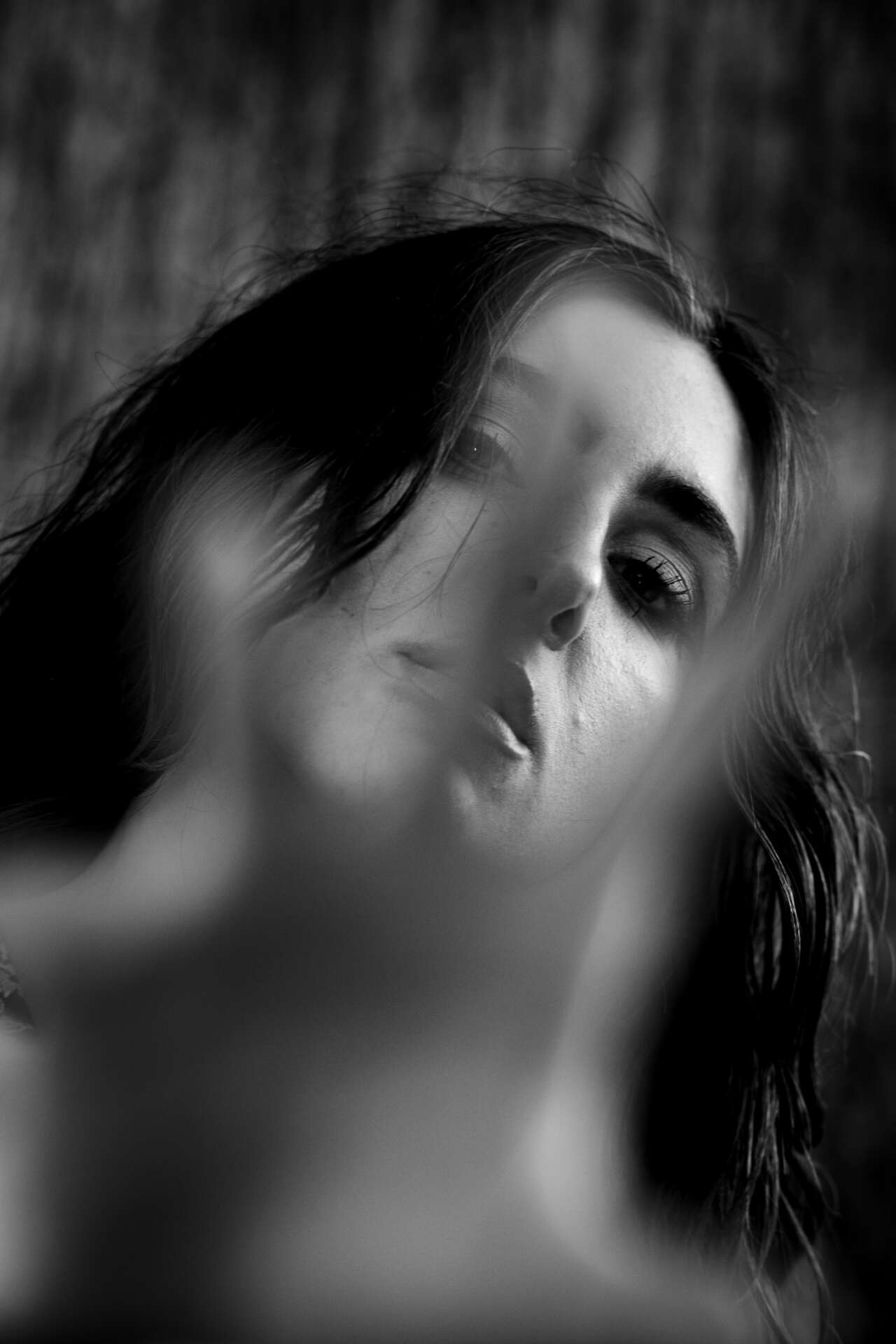

Erik, before we move on to more of these sorts of questions, can you take some time to bring our readers up to speed on you and what you do?
For sure, I am currently a photographer that is doing a variety of different types of photos for my clients, but I didn’t start off with multiple types. The first time I can really remember taking pictures with any intent of making them actually look nice was when I was about fifteen years old, which seems like forever ago at this point with me being only a couple months away from turning twenty-one. My two big passions for the first few years after turning fifteen were cars and photography, so to maximize my exposure to both I decided to combine them and go all in on automotive photography. That was my main focus for the first five years and during this past year, I decided to delve into portrait and event work. I had to opportunity to work with some people/brands that I never thought I would be able to at such a young age and I knew that I had dreams beyond automotive but had to prove myself in those other arenas first. Fast forward to now and I have now been finding my own style inside of portraits. One thing that I have been told by several clients is that what sets me apart is how reliable I am in how I conduct my photoshoots and how I am willing to make sure that the client can be as involved as they want to be in the project. I feel that a project is always better when both sides are working together and no other way makes sense to me since we are all striving toward the same goal. The more that I get to know a client means that I have much more information to go on when I set up the elements of an image for them. When it comes to what I am most proud of, I have to go back to looking back at how many amazing projects I have been able to be a part of at such a young age. My work in photography has given me experiences to do certain things or meet certain people that I absolutely wouldn’t have been able to if I didn’t do what I do. My opportunities have grown every single year since I started and this year has already become the best yet, and I expect next year to be even better because I am going to do everything in my power to make sure it is.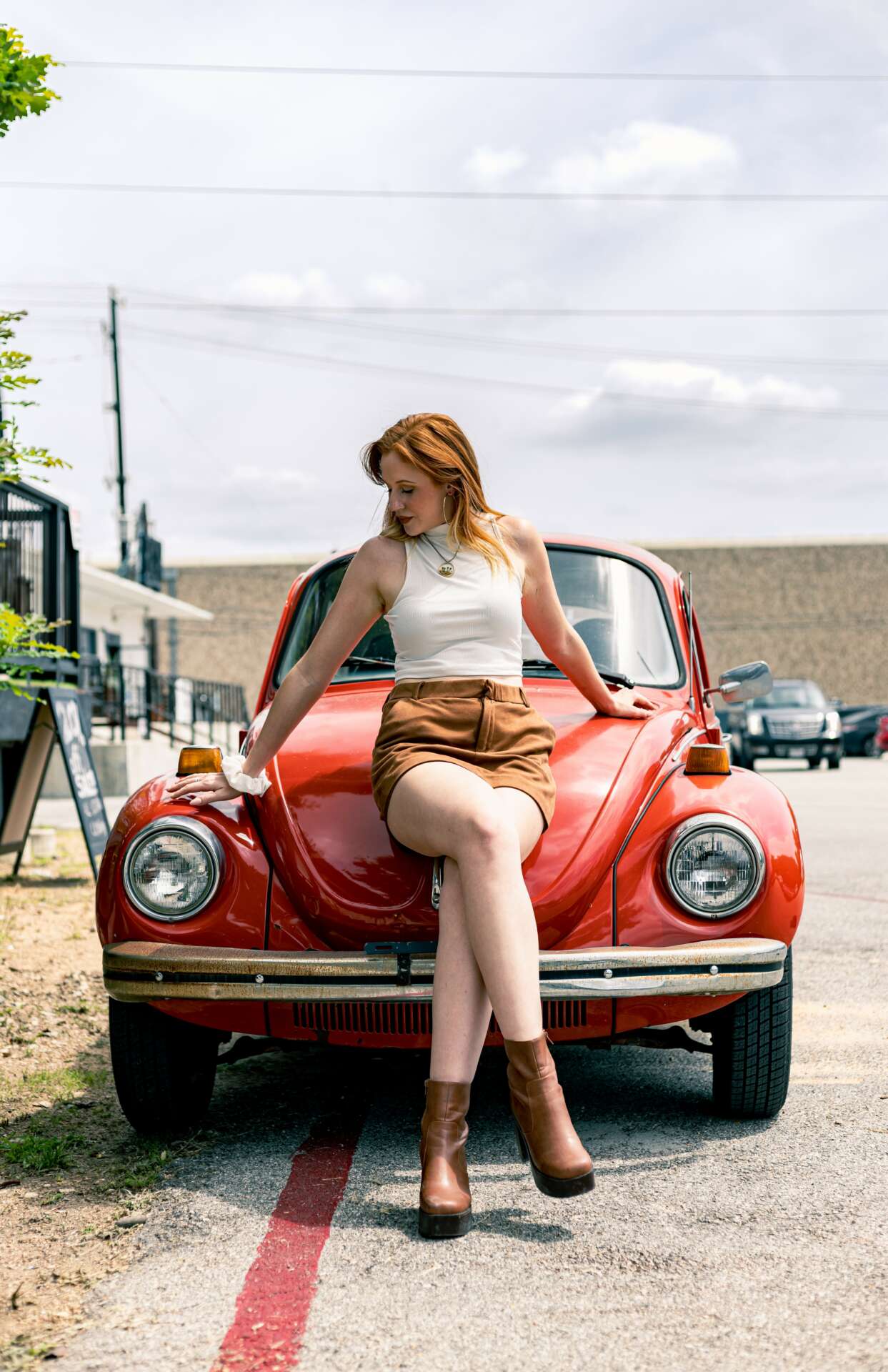
Learning and unlearning are both critical parts of growth – can you share a story of a time when you had to unlearn a lesson?
A piece of advice that just about every photographer gets when they are starting is that they should do work for free for the purpose of gaining skill and exposure. This, like most other things, works great to a certain point. I did this for probably much longer than I should have and thankfully got out of the loop. Now I won’t do any photoshoots for free unless it’s under some type of special circumstances. Don’t get me wrong though, I don’t have any regrets about the shoots I have done in the past because the advice is true as it gives you both experience and exposure. Just make sure that you are wise when practicing this strategy.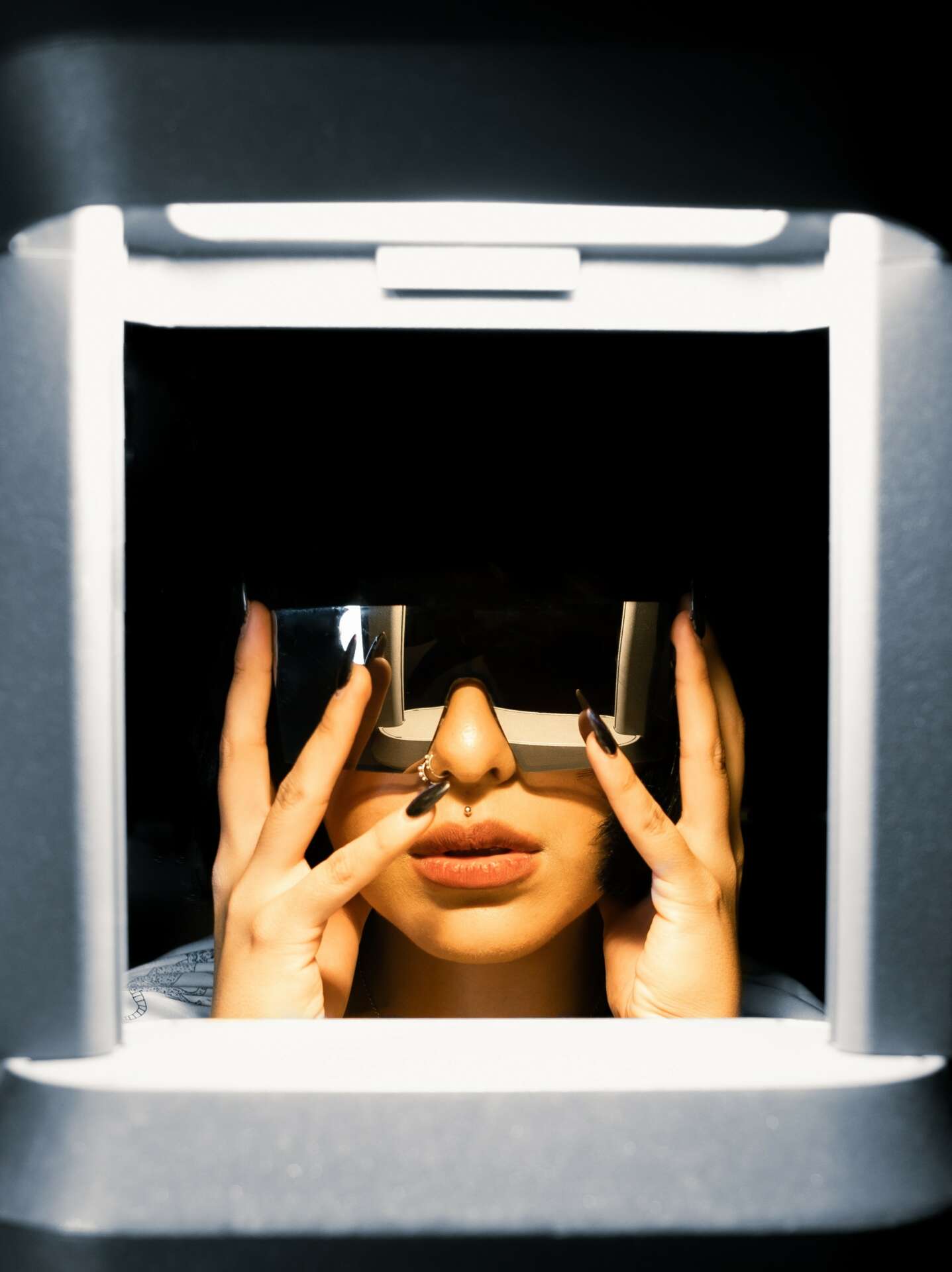

Have any books or other resources had a big impact on you?
One of my personal beliefs that I try to always keep in mind is that you can always learn at least one thing from every person you meet. A book I read that does a fantastic job of presenting this view is “Tools of Titans” by Tim Ferris. This large book is an accumulation of many mini-interviews with people who are known for any number of things. It ranges from actors to business owners to writers, making the range of perspectives present in the book massive. A lot of the interviews in the book sharpened how I view business and life in general, specifically managing a large workload, which is something that can get out of control quite fast. 
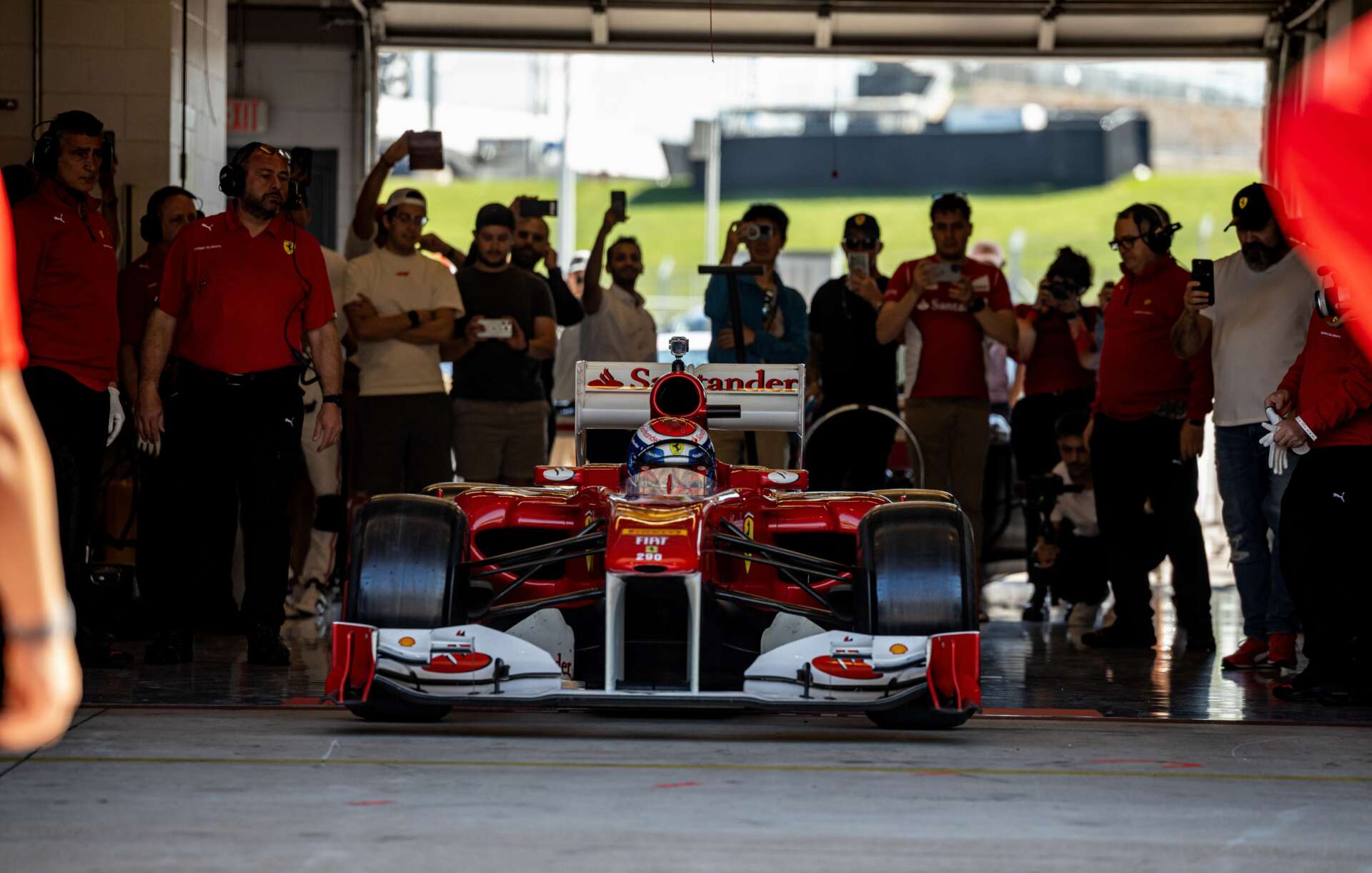
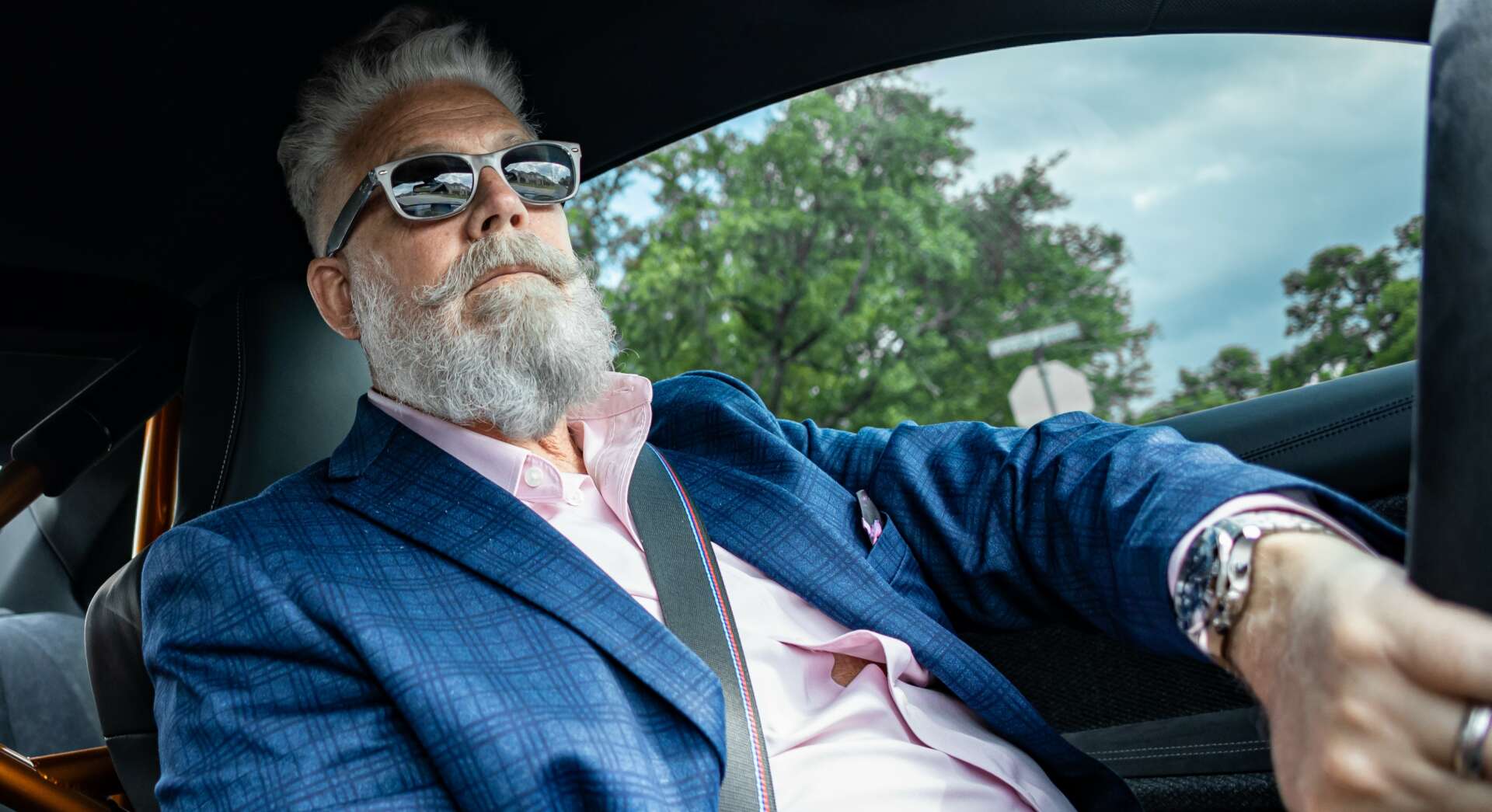
Contact Info:
- Website: https://www.erikdillardmedia.com
- Instagram: https://www.instagram.com/erik.pics/
- Facebook: https://www.facebook.com/ErikDillardPhotography


